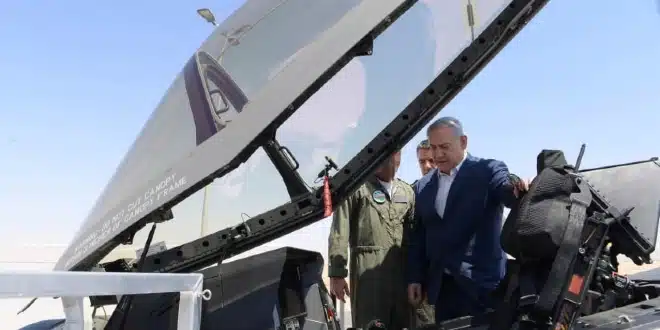Israeli Prime Minister Benjamin Netanyahu recently revealed that Israeli fighter jets intercepted Iranian aircraft heading toward Syria last year. These planes were reportedly carrying troops intended to reinforce Syrian President Bashar al-Assad’s embattled regime, which was on the verge of collapse at the time.
Netanyahu explained that Iran sought to deploy one or two airborne divisions to support Assad, but Israeli forces acted swiftly, sending F-16s to intercept the Iranian planes, forcing them to turn back before reaching Damascus.
The incident offered a rare glimpse into Israel’s strategic actions during the final months of Assad’s rule. Assad, a long-standing adversary of Israel, was ultimately overthrown by insurgents in December after struggling to maintain his grip on power. Netanyahu suggested that Iran, after seeing Hezbollah suffer heavy losses in battles with Israel, was desperate to rescue its ally Assad through direct military intervention.
Attacks on Hezbollah and the Path to Ceasefire
Alongside the aerial operations, Israel launched a covert campaign targeting Hezbollah’s communication networks. Israeli forces had secretly planted explosives in pagers and walkie-talkies used by Hezbollah operatives. These booby-trapped devices were detonated remotely just days before Israel orchestrated the assassination of Hezbollah’s leader, Hassan Nasrallah. Netanyahu emphasized the urgency of the operation, noting that Hezbollah had begun sending some of the suspicious devices back to Iran for examination, which accelerated Israel’s timeline for action.
Following a year of intense fighting, Israel and a significantly weakened Hezbollah agreed to a ceasefire in November. However, Israeli forces continued to maintain a military presence in parts of southern Lebanon, reflecting the fragile and unresolved nature of tensions in the region.
Netanyahu’s remarks underscored the layered tactics Israel employed to counter threats from Iran and its proxies, combining direct military action with high-risk intelligence operations. These strategies highlight Israel’s determination to neutralize regional threats and maintain strategic dominance during a particularly volatile period in the Middle East.


